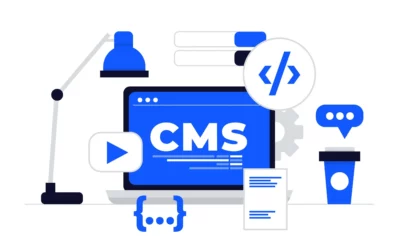Introduction
In the fast-paced world of software development, ensuring the quality of a product is paramount. One approach that plays a crucial role in achieving this goal is ad-hoc testing. Unlike structured testing methodologies, ad-hoc testing is an informal and unscripted way of exploring software to discover defects and vulnerabilities. In this blog post, we’ll delve into the concept of ad-hoc testing, its benefits, challenges, and best practices.
Ad-hoc testing, also known as random testing, is an unplanned and spontaneous testing method that involves the tester’s intuition, experience, and creativity. Unlike traditional testing methods that follow a predefined set of test cases, ad-hoc testing allows testers to explore the software in an unstructured manner. Testers make decisions on the fly, adapting their testing approach based on their observations and insights.
Benefits of Ad-hoc Testing:
- Exploratory Testing:
Ad-hoc testing is closely related to exploratory testing, where testers actively explore the application, learn about its functionalities, and simultaneously design and execute test cases. This dynamic approach is particularly useful for identifying critical issues that might not be evident through scripted testing.
- Real-world Simulation:
Ad-hoc testing simulates real-world user scenarios, providing a realistic perspective on how end-users might interact with the software. This helps in uncovering usability issues, unexpected behavior, and areas where the application might not meet user expectations.
- Early Detection of Critical Defects:
By allowing testers to use their creativity and domain knowledge, ad-hoc testing often leads to the early detection of critical defects that might go unnoticed in more formal testing approaches. This can save time and resources in the long run by addressing issues before they escalate.
Challenges of Ad-hoc Testing:
- Limited Reproducibility:
One of the challenges of ad-hoc testing is the difficulty in reproducing test scenarios. Since the testing process is not predefined, it can be challenging to replicate the exact conditions under which a defect was discovered, making it harder for developers to identify and fix the issue.
- Documentation Concerns:
Ad-hoc testing is inherently unscripted, which can lead to a lack of documentation. Proper documentation is crucial for traceability and future reference. Striking a balance between the exploratory nature of ad-hoc testing and the need for documentation is a constant challenge.
- Regression Testing:
As ad-hoc testing may lead to changes in the application, it’s important to perform regression testing to ensure that existing functionalities are not adversely affected by the changes made to address identified issues.
Conclusion:
Ad-hoc testing, with its exploratory and dynamic nature, is a valuable addition to a comprehensive software testing strategy. While it may not replace structured testing methodologies, it offers a unique perspective and is effective in uncovering issues that might be overlooked by more formal approaches. When integrated judiciously into the testing process, ad-hoc testing can contribute significantly to improving the overall quality and reliability of software applications.





